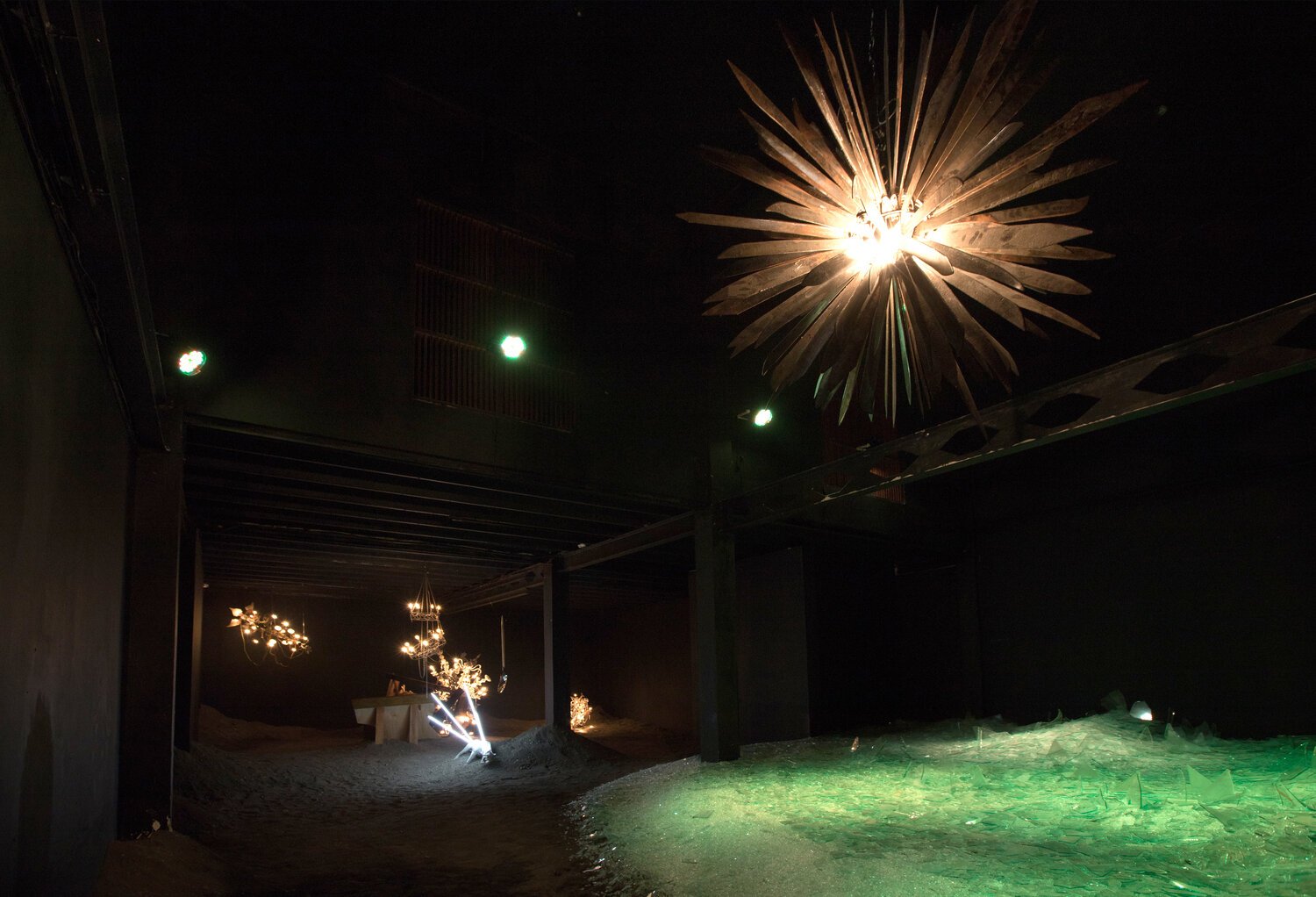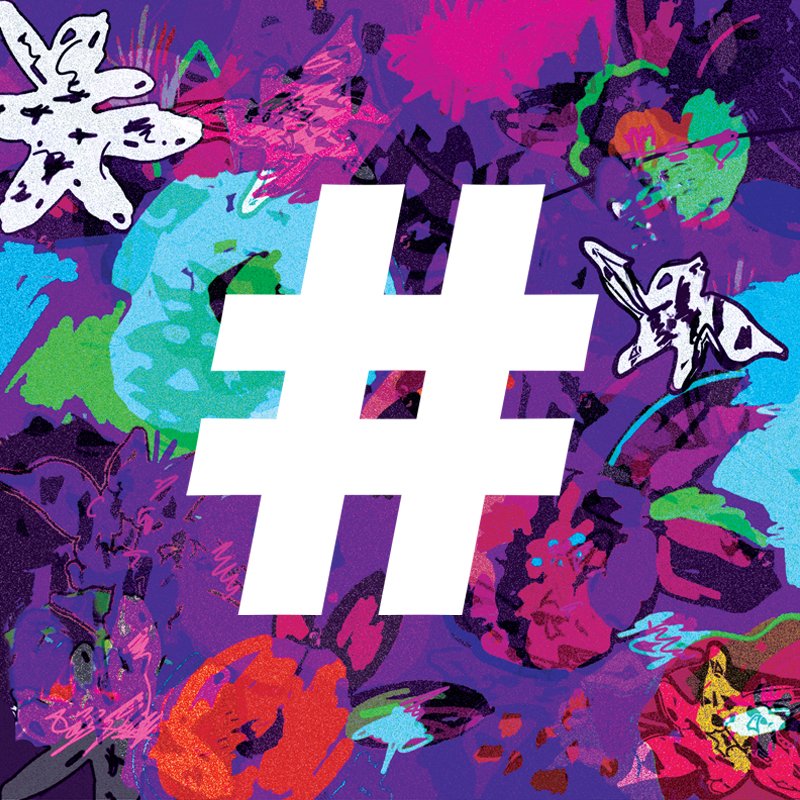‘Some Other Matter’ at Aloft at Hermès
Indonesian artist Irfan Hendrian focuses on paper
By Durva Simone Bose
Irfan Hendrian, ‘Temporary Matter: Sawhorse’, 2019, sculpted paper and reclaimed wood, 40 x 120 x 70cm. Image courtesy of Hermès.
The once flourishing but now obsolete industrial printing establishments of Bandung, Indonesia, is the starting point for Irfan Hendrian’s exhibition, ‘Some Other Matter’. Presented by the Fondation d’enterprise at Aloft at Hermès, the show is highly evocative of the challenge to maintain or acknowledge traditions with the advent of technology, while questioning the future of paper as a material. Tradition comes with an aspect of storytelling, as the value of the craft is heavily reliant on the artisans, and the stories they share. This is evident in Irfan’s works, as he links them back to the disappearing practice of print with the retirement of old traditions.
Irfan Hendrian, ‘Behind Urban Decay’, 2019, paper, reclaimed publication, reclaimed corrugated metal panel and wood. Image courtesy of Hermès.
The Fondation d’entreprise’s art space in Singapore, Aloft, showcases an array of artists from Southeast Asia. The platform extends this opportunity to two artists a year, as they explore their perspectives on current socio-political issues. The exhibitions centre around an annual theme, and the works remain the property of the artist in situ. This year’s theme happens to be a continuation from the previous year’s theme, ‘Materiality’. Emi Eu, Programme Director Aloft says, “The theme gives artists the freedom to explore, experiment with and create works in mediums that are both familiar and unfamiliar”. Irfan explores ‘Materiality’ by investigating how paper has been used before, as well as its endless possibilities for the future. By doing so, he questions the dissipating relationship between humans and physical objects in a growing digital world and presents paper as more than just a means of construction.
The exhibition highlights the versatility of paper, creating its own persona as it wears the masks of the material it is sculpted to resemble. “Digital technology changes the way we consume things, how we own things and how we value things", says Irfan. As objects from the material world, such as paper, secede from our increasingly digitised lives, Irfan distorts its assumed materiality in a supporting role to that of a protagonist through the works in this show. A graphic designer by training, the artist and industrial printmaker redefines the use of paper by reconstructing discarded posters and magazine pages into bricks, wood, corrugated steel and cinder blocks one might find at a construction site.
Irfan Hendrian, ‘Tropical Ephemerality: Brick Wall’, books and bricks, variable dimensions, 2019. Image courtesy of Hermès.
Calling them the “building blocks of our lives”, the artist chooses to explore the role of construction materials in depicting dilapidated buildings, such as the industrial printing factories in Bandung. Irfan reaffirms paper’s multifaceted nature by replicating these materials to the extent of matching their look, weight and texture. The exhaustive detail on the ridges created in ‘Sawhorse,' or the corroded corrugated steel fence in ‘Behind Urban Decay’ mimic the feel of real rusted steel and perpetuates Irfan’s vision to preserve applications of paper in the contemporary world. Irfan reflects on the habits of people whose yellowing clippings of home improvement magazines and local newspapers are now glued onto the steel fence in ‘Behind Urban Decay’. He muses on his conversations with their owners, saying, “they don’t want to throw it away because there is a physical value that is being wasted.”
Irfan Hendrian, ‘Pages from Tropical Ephemerality: Brick Wall’, offset lithography on office paper, 50 x 79cm, 2019. Image courtesy of Hermès.
As an artist primarily using paper in his works, and practicing traditional printing methods, Irfan approaches the nature of the material with empathy and respect. His preference for the material is influenced by an admiration of the history behind traditional practices and craft. The narrative of his work goes in line with the principles of the Fondation, as well as the Hermès brand. Former Director Catherine Tsekenis has indicated that Hermès and the foundation are “based on humanist values,” and believes in supporting their artists’ work and individualistic visions.
Aloft and the other art spaces of the Fondation create various programmes to craft new opportunities for artists, which also focus on strengthening the core values of Hermès. The Fondation’s philosophy distinguishes Hermès from other art patrons through numerous trajectories: New Settings, Artists in the Community, H³ and Exhibitions. Beyond supporting their artists’ raison d’être through exposure and funding, they encourage the expressive forms of human creativity by devising bespoke contemporary art projects. Each space is designed to showcase the artist’s body of work in its best light, and offer visitors the chance to experience and ruminate on new ideas. The Fondation’s belief, ‘our gestures define us’, is evident in the exhibitions and other activities it organises to support artists.
The exhibition runs from 1 August 2019 to 13 October 2019 at Aloft at Hermès. Admission is free.













